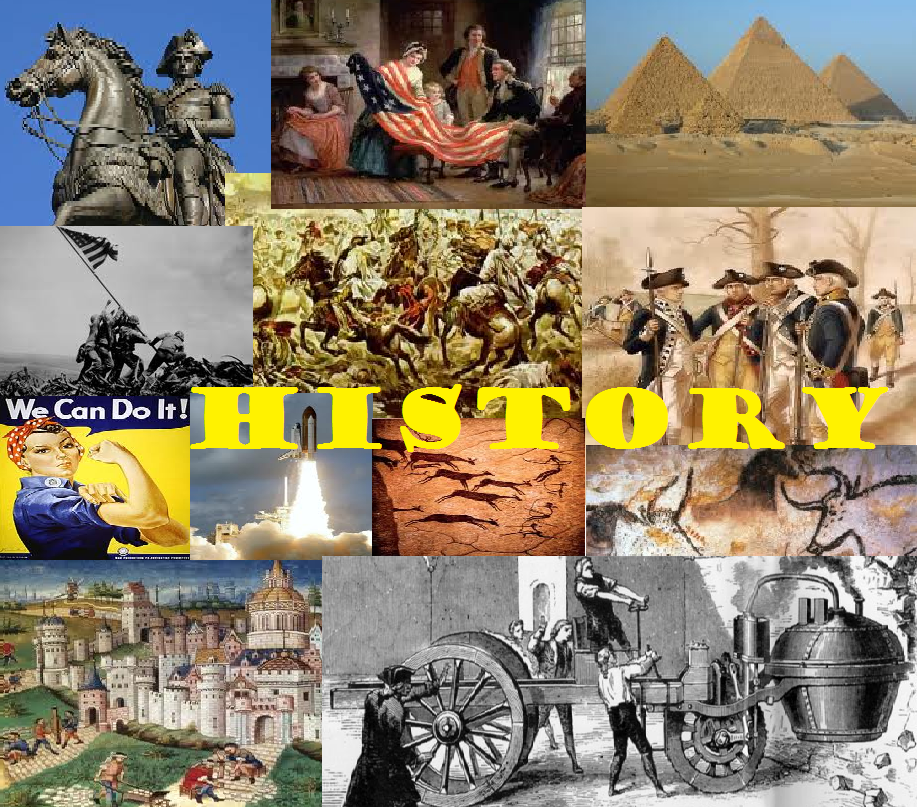The history of the Church of England is a remarkable tapestry woven through the fabric of early reformation, cultural upheaval, and societal transitions that culminate in the modern age. Its roots are deeply embedded in both ecclesiastical tradition and political strife, creating a unique religious milieu still relevant today. This examination unfolds the narrative of the Church of England, from its inception during the tumultuous Reformation period to its present-day outlook as a principal Christian denomination.
In the early 16th century, the seeds of the Reformation were sown throughout Europe, inspiring profound change within the medieval Church. Martin Luther’s Ninety-Five Theses marked a seismic shift in theological understanding, posing challenges to papal authority and prompting a wave of reformative thought. While Luther’s impact revolutionized European Christianity, the Church of England’s transformation was uniquely characterized by the desires of King Henry VIII. Stripped of papal obedience due to personal grievances and political motivations, Henry’s assertion of independence marked the genesis of Anglicanism.
The Act of Supremacy in 1534 was monumental, declaring Henry as the Supreme Head of the Church of England. This shift was not merely a matter of ecclesiastical realignment but also reflected burgeoning nationalistic fervor. The church became intrinsically linked with state authority, engendering an identity that fused English civic pride with religious practice. This foundational moment thus embedded the notion of Anglicanism within the broader contours of English national identity.
However, this newfound autonomy did not herald immediate religious peace. The dissolution of the monasteries in the late 1530s precipitated social unrest and economic disruption. Abbeys and religious houses were stripped of their wealth and influence, leading to widespread discontent among the populace. The resultant shift in religious landscape bore witness to a myriad of reactions, from zealous Protestant reformers to steadfast Catholics resisting the tide of change. The complex interplay of faith, politics, and social order galvanized a turbulent period known as the English Reformation.
Following Henry’s death, the rollercoaster of religious change continued under his successors. Edward VI, a staunch Protestant, pushed the church further into the folds of reformation, instigating reforms that embraced a more radical theological stance. The Book of Common Prayer, introduced during this time, signified a shift towards vernacular worship, aiming to democratize access to spiritual practices. The liturgy reformed the very essence of Anglican worship, blending traditional elements with a renewed scriptural focus.
Yet such progressive movements were not without backlash. Queen Mary I’s ascendance in 1553 instituted a cataclysmic reversal toward Catholic doctrine, marked by persecution and the martyrdom of those who resisted the reversion. The era’s violence was punctuated by the relentless strife among varying factions competing for religious supremacy. By the time Elizabeth I restored Protestantism, England found itself polarized, caught in an internecine struggle over its spiritual identity.
Elizabeth’s reign encapsulated a pursuit for balance, galvanizing the Act of Uniformity in 1559, which attempted to appease differing factions and establish a cohesive national church. The Elizabethan Religious Settlement sought to delineate a middle path, accommodating both Protestants and Catholics within the Anglican Church. Consequently, the Church of England emerged as a via media—not fully embracing either Roman Catholicism or radical Protestantism—seeking to unify a fragmented populace under a single ecclesiastical authority.
As the centuries unfolded, the Church of England continued to evolve, experiencing challenges from Puritanism in the 17th century, which called into question the established church’s practices. The interplay of dissenting voices highlighted the tensions between tradition and reform, ultimately contributing to the larger narrative of religious freedom sweeping across the nation. The political turmoil of the English Civil War further complicated matters, leading to a period of Interregnum where church governance was directly associated with political alignment.
The 18th and 19th centuries heralded the Oxford Movement, a pivotal moment that sought to revive traditional liturgical practices and theology, confronting the evolving secularism of the age. This revivalist energy reinvigorated interest in sacramental theology, asserting a robust belief in the continuity of the church’s historical roots. Spirituality deepened, and with the increasing globalization of Anglicanism, there arose a divergence in interpretations and practices within the communion.
In the modern era, the Church of England contends with contemporary issues, balancing theological adherence with societal changes. The rise of secularism, diminishing church attendance, and debates around gender and sexuality have prompted a reevaluation of doctrine and practice. Engaging with contemporary culture while remaining faithful to its roots has become an ongoing challenge for the Church.
Today, the Church of England stands as a resilient institution, keenly aware of its storied past while navigating the complexities of modern faith. It embodies a mixture of tradition and evolution, perpetuating dialogues around ethics, morality, and social justice. Within this rich historical context lies an intrinsic invitation to engage with the nuances of belief while contemplating the deeper implications of faith in a rapidly changing world.
In garnering fascination with the Church of England’s journey, one encounters more than mere chronology; it is a narrative steeped in debate, identity, and transformation. Such exploration reveals a profound connection between historical events and enduring spiritual questions, inspiring reflection on the nature of belief in an ever-evolving society.



